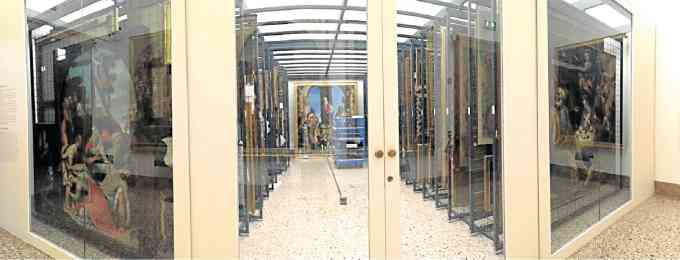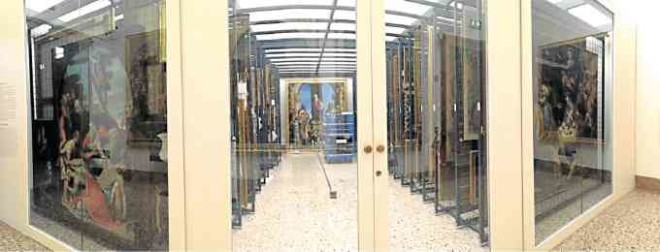
The 16th annual international conference of the University Museums and Collections (Umac) in Milan, Italy, recently afforded international delegates the chance to tour one of the world’s truly alpha cities, a heritage showcase and an artistic hub.
Last year, University of Santo Tomas, through the UST Museum, was host and venue of Umac, one of the international subcommittees of the International Council of Museums of the United Nations Educational, Scientific, Cultural Organization.
The UST Museum staff, consisting of this writer, professor and museum assistant director Anna Marie Bautista, and museum legal adviser Edelberto Bunquin, joined the Milan conference and presented papers on relevant heritage concerns.
Their labors to provide the conference with updates on heritage and museological issues in the Philippines were alleviated by the very enjoyable and instructive cultural tour of Milan.
For example, we toured Sforza Castle, built in the 15th century but reconstructed in the contemporary era after it sustained severe damage during the Second World War.
The castle has been transformed to the city museum of Milan. It houses important cultural and historical collections, the most important of which is the enigmatic “Rondanini Pietà” done by Michelangelo Buonarroti during the last days of his life in 1564.
Part of the tour program is an entertainment showcase of Renaissance clothes as worn by models, and a performance by flag tossers, the sport traditionally known as “Sbandietori.” The performers skillfully demonstrate how to gracefully toss the banners of the city or guild without touching the ground, because doing so would mean disgrace and great disrespect.
Turin
A mixture of curiosity and dread was the pervading feeling of the delegates who went to visit the Luigi Rolando Museum of Human Anatomy in the University of Turin.

The museum presents human anatomical specimens that are made of either preserved real human body parts or wax models. Trying to recreate the rather macabre practice in 19th-century museum scientific display, the showcases are crowded, lack bright lighting and explanatory labels.
Among the displays are the skeletons and preserved brain of Carlo Giacomini, director of Turin’s Anatomy Institute from 1876. He died in 1898 and his last will stated that his remains be prepared and displayed according to the technique he had developed.
The museum also boasts of what is considered one of the largest collections of skulls of individuals of known age and gender.
Convicts and criminals
Located at the back of the university’s campus are another two very educationally fascinating museums. One of them is the highly interdisciplinary Museum of Criminal Anthropology C. Lombroso.
Its disturbing and emotionally loaded exhibition includes a vast collection of skulls of executed criminals; water jugs with personal inscriptions used by prisoners, on which were written brief prayers by the jailbirds themselves and their longing for liberty; pictures and paraphernalia of celebrated criminals; and instruments like the gallows used for capital punishment.
Adding to the stark drama is a loop of black-and-white early 20th-century film, featuring adult male prisoners queuing for provisions along a mudded road.
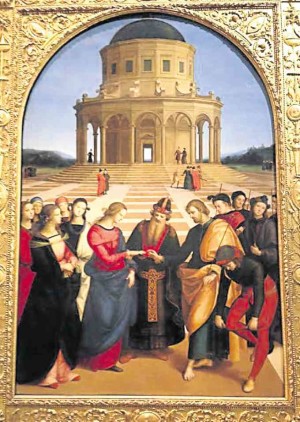
Exhibitions like these impinge on the ethical question on the correctness of displaying human body parts and debased human situation for the sake of museum education for whatever reaction they may evince from the viewers.
Fruit Museum
Most of us are familiar only with not more than half a dozen kinds of apple. However, a visit to the Fruit Museum Francesco Garnier Valletti, located also on the campus of the University of Turin, will surprise many a visitor with its featured collection of over a thousand different species of apples.
The museum also shows multiple species of other fruits as well—pears, peaches, plums, cherries and apricots.
The fruits were artificially plaster-molded and well-crafted to look very real in the 19th century. Included also in the collection are the different stages of fruits’ decomposition, also artificially plaster-molded.
The museum became a very useful institution for basic research in agriculture and nutrition technology in the mid-20th century.
Brera Pinoteca
If one is looking for a magnificent collection of Italian paintings in Milan, a must-vist site is the Brera Pinoteca.
In its collection are included the foremost paintings by Italian masters that many of us have only seen in art history book. To mention a few:
“The Marriage of the Virgin Mary to Saint Joseph” by Raphael, circa 1504; “Lamentation of Christ” by Andrea Mantegna, c. 1480; “Supper at Emmaus by Caravaggio,” 1606; and the “Preaching of St. Mark in Egypt” by Gentile Bellini and Giovanni Bellini, 1504-1507.
The last one is a very huge canvas painting—it has so many interesting details that the viewer can sit in front of it trying to decipher all the images’ contexts and significances. The very large painting practically occupies an entire big wall of the Brera Pinoteca.
To add to the educational enrichment of museumgoers, especially on matters of art conservation and restoration, located at the center of one of the halls is a laboratory entirely enclosed by glass panels where actual painting restoration by the staff can be viewed.
In another portion of the hall, a glass door gives visitors a demonstration on how paintings are hung scientifically when not on public display.
Closing the XXI Triennale
On the final day of the conference, a dinner was tendered for the delegates at the XXI Triennale International Exhibition.
In addition to the merriment of the final gathering, the participants were greatly amused by fresh ideas in art installation and photography. One could really wonder where the artists got their inspirations to transform such materials into remarkable works of art.
Taking pictures and selfies with the art works was the incontrollable activity of everyone, it wasn’t of course not only allowed, but generously encouraged.
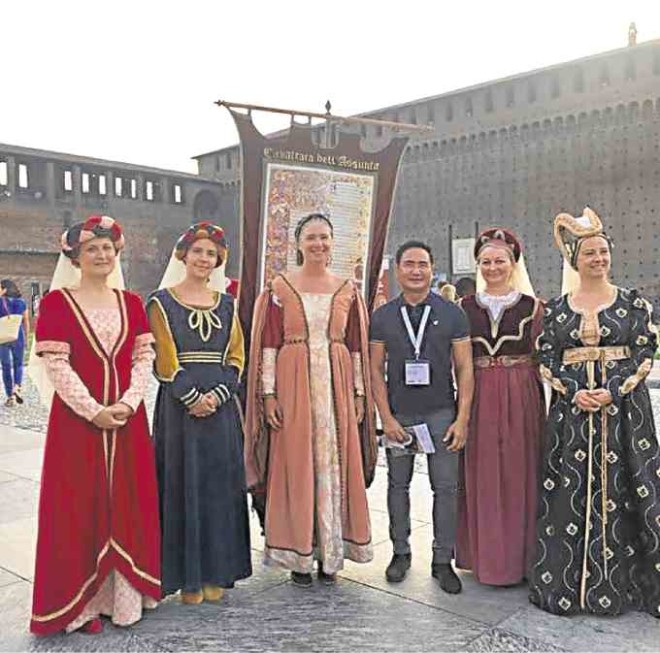
Arrividerci! Good bye, yes, but only for now. Umac has set its sights to the future and its next conferences have already been scheduled: 2017 in Helsinki, Finland; 2018 in Miami, Florida; and 2019 in Kyoto, Japan.
The most timely thought that can be generally gathered from the conference can be paraphrased: People working in the museums understand the value of heritage and the uniqueness of every culture that creates in them a sense of openness to other human beings with all their unique personality and culture.
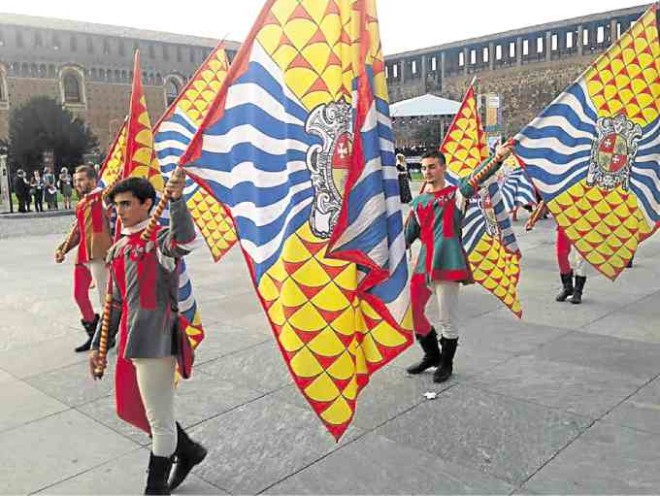
Thus, museum people may have the capacity and hold the key to generate cultural dialogue that can be a very effective instrument in deterring acts of terrorism by radicals who believe in only one culture, one religion, and one ideology. —CONTRIBUTED
Fr. Isidro Abaño, O.P. is director of the UST Museum of Arts and Sciences, the oldest museum in the Philippines.

